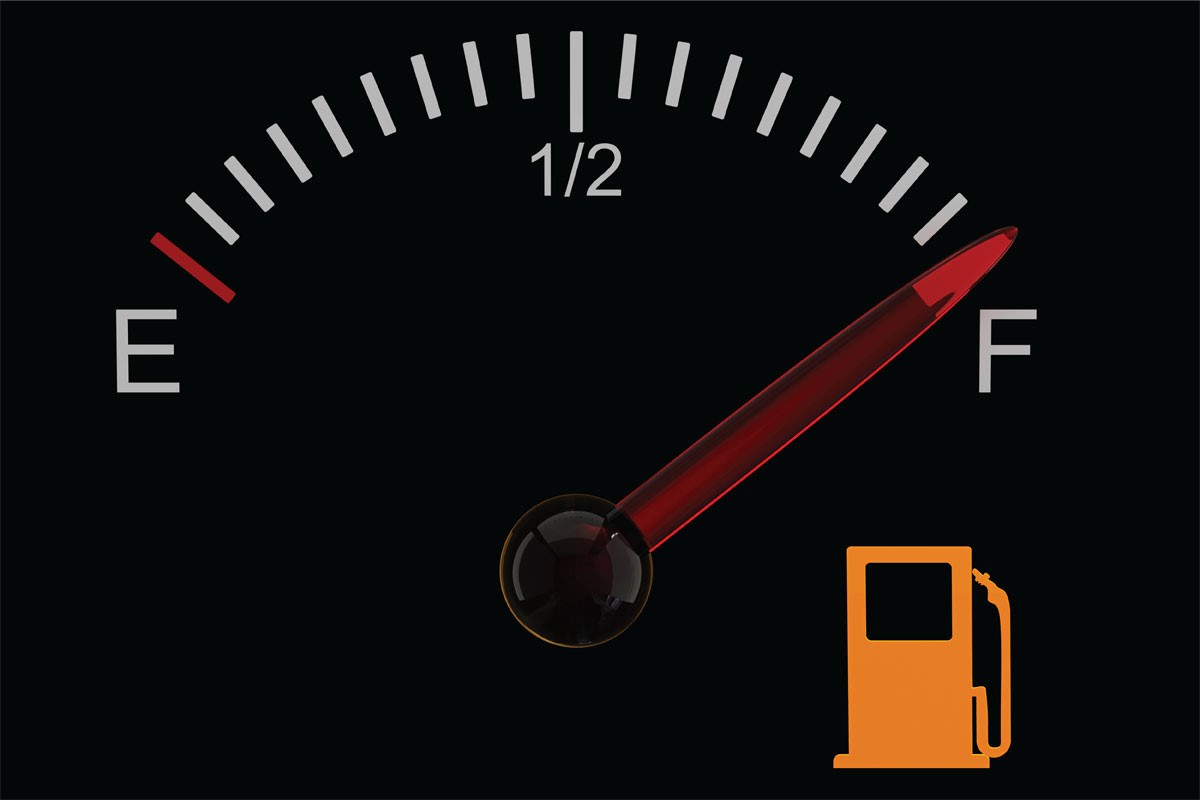Many of us are now focusing on the price of fuel and how much it costs to fill up our vehicle at the pump.
There’s plenty of good advice about how to use your vehicle, but even better is that modern vehicles can save you plenty.

For some, it may be possible to ride share or reduce the travel they do, and there are some useful driving tips to consume less fuel. However, what many people may not know is that today’s new or near-new vehicles are able to drive you further than older models.
If you’re considering upgrading to a newer model and wondering about fuel efficiency you’ll probably be pleasantly surprised. Electric vehicles (EV), Hybrid vehicles and Plug-in Hybrid vehicles (PHEV) are cheap to get from A to B, but petrol and diesel engines have improved significantly too.
Lower costs with EV and Hybrid vehicles
The most frugal vehicles are electric and hybrids. Full EVs, of course, don’t consume any fuel. One of our customers recently drove 1,300km in a month in their Kona EV at a cost of $27 for the electricity.
Full hybrid models use the battery wherever possible, and are therefore able to reduce the volume of fuel consumed.
PHEVs are proving popular as they offer the benefit of lower purchase price than the full EV equivalent model and are cheap to run for smaller distances. The Mitsubishi Outlander PHEV is nearly the same price as the petrol Outlander, and is the biggest seller in that category as a result.
Increase in engine efficiency
It’s comforting to know that even with conventional engines, most vehicles are more fuel efficient these days than their predecessors. The modern fuel efficiency has come about by advancements in engine technology and new features that help drivers better manage their vehicle’s economy.
For petrol powered vehicles you will find that the majority of the vehicles from the five new brands sold at Brendan Foot Supersite have a fuel efficiency of under 8 litres per 100km. That’s nearly twice as efficient as new vehicles ten years ago.
What’s more, larger vehicles such as SUVs consume the same amount of fuel a small car did in the past.

Diesel vehicles are another opportunity to save on your fuel bill. Even with Road User Charges a medium to large diesel vehicle is definitely worth considering based on their cost of ownership i.e. maintenance and running combined.
Motor vehicle manufacturers have spent billions over the years developing engines that are lighter, more powerful and more fuel efficient. That’s why we are seeing 1.4 litre turbo engines powering SUVs as in the case of the Holden Trax, or a 1.5 litre 8 speed Mitsubishi Eclipse Cross.
Features that are making a difference to fuel efficiency
1.Tyre pressure display
Maintaining tyre pressure increases the vehicle’s fuel efficiency, but many people do not check their tyre pressure, or if they do only check it monthly as recommended by most manufacturers.
Checking your tyre pressure is easy in some Kia Niro, Sorento and Sportage models as well as the Holden Colorado, which have a tyre pressure display on the dash. You can see at a glance when the pressure is not right and pull into the garage to fill up with free air.
2.Cruise control
Cruise control has been around for many years and is a feature on almost all new vehicles we sell. Retaining a constant speed with cruise control makes driving easy and more fuel efficient.
3.Minimum of 6 speed auto
Having a transmission with more gears means better fuel economy, and almost all the new vehicles we sell have at least a five speed gear box. Six is the most common, and up to eight in the Hyundai Santa Fe and Kia Sorento, and nine in the Holden Equinox and Acadia.
4.Stop-start
Stop-start is a system on most modern cars that cuts the engine when the car is stationary, in order to reduce fuel consumption and emissions. The engine starts again when the clutch is engaged or the brake is released, or when the driver is ready to move again.
5.Electric power steering
Electric power steering is energy efficient and has less environmental impact. At around $2.50 per litre for petrol, driving a more fuel efficient vehicle will generate immediate savings and you’ll be stopping at the petrol station less often.
6.Another option to save – a small car
While buying a new version of your current vehicle will likely save you on the fuel bill, you might also want to consider buying a small car. That way you can get some great technology and features to reduce fuel consumption, plus drive a smaller vehicle that is generally more frugal.
Small car sales have increased significantly over the past year – not surprising when cars such as the Kia Rio and Holden Spark use around 5 litres per 100km; and Suzuki Celerio and Ignis only 4.7 litres per 100km*. These small cars have a lot of the new technology that helps them drive efficiently, and also being lighter helps fuel efficiency too.
So reset your expectations about fuel efficiency when considering a new or near new vehicle. In fact, the fuel savings on your new vehicle will make a healthy contribution towards the weekly repayments for that vehicle.
(*Figures according to the manufacturer’s specifications which were undertaken in test environments).